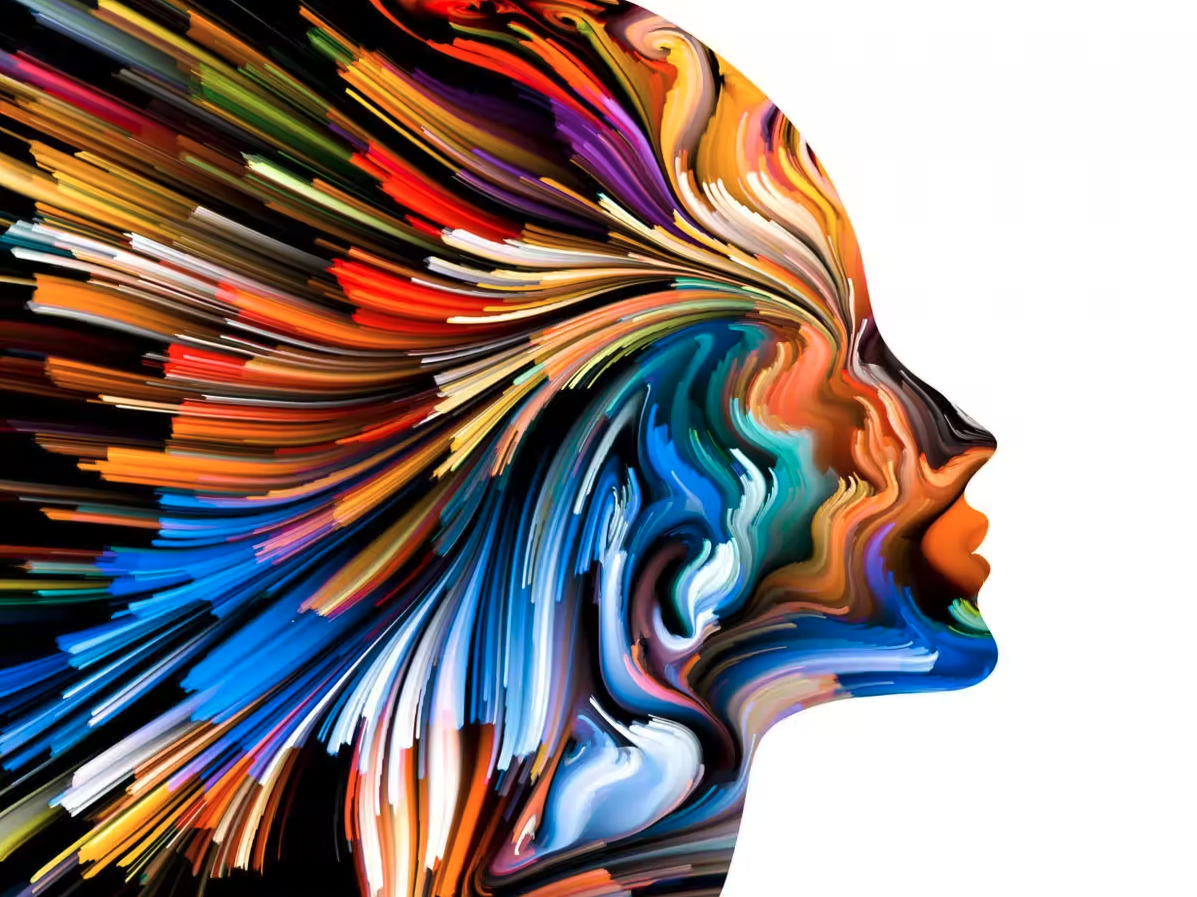My relationship with Dyspraxia is fascinating, adding a depth to myself that I will always cherish; but it is also complex, confusing, and often infuriating to live with. This was especially true during my younger years, when I considered myself “thick”, as though something was broken within me, my brain defective. At the time I assumed it was down to my premature birth and the subsequent haemorrhage I had suffered, and although I showed the classic signs of Dyspraxia, known at the time as “clumsy child syndrome”, diagnosis eluded me until adulthood. Here I am now: I am not defective; my brain is not broken as my younger self believed. I have dyspraxia, and I aim to use my lived experiences to help others understand the condition.
So, how does having dyspraxia affect me personally?
- Scotopic sensitivity: alongside my other neurodiverse tendencies, I have become aware over the last three years that I have scotopic sensitivity, which means I am sensitive to light.
- Impaired prefrontal cortex: located at the front of the brain, this impairment means I often find it difficult to organise and plan my days. It can overwhelm me when I do not know how to plan in a way that makes sense.
- Social awkwardness: while also a potential link to autism, I can find social situations difficult or awkward, extending to making prolonged eye contact, understanding the complexities of communication, and even processing/understanding jokes!
- Noise and crowded areas affect how I perceive the environment as well as my ability to navigate my way around, which can be both overwhelming and disorienting.
- Reading: I achieved a degree in Psychology in 2020, despite having difficulties in processing and remembering written information, not least when I am stressed/overwhelmed.
However, it is important to stress that there is another side to me and my dyspraxia that highlights strength and confidence. I can be confident and self-assured – a trait which is often picked up on by those around me. I have started to refer to this side of myself as “Mama Boss”. While that might surprise you, it is a good way to embrace your strongest traits, and I fully recommend embracing your own “Mama Boss”, or whatever you choose to name it.
If asked to describe myself, I would automatically think of shyness, or awkwardness, especially when put in a new situation. Although I can mask this, making a conscious effort to manifest a more confident, self-assured version of yourself is much more effective in the long run. Therefore, when I am overwhelmed or anxious, I can summon “Mama Boss”, if you will.
Personified traits aside, there are practical ways of dealing with my day-to-day Dyspraxic life, for example:
- I now have a pair of (very cool, I might say) green tinted glasses, along with noise cancelling headphones. If I had owned such things during my degree, it would have made my studies much easier!
- If I find I am having trouble understanding what I am reading (which is a lot, let’s be honest), I now watch videos and take bullet notes, or even try to draw what I am seeing. Once I make sense of something, I can return to the text, and this time (hopefully) it sinks in.
The point of this blog and for the development of Chrysalis is to share my story and show what can be possible with support and understanding. If my story resonates with you, please get in touch, and say hello! I can’t wait to hear your story.

